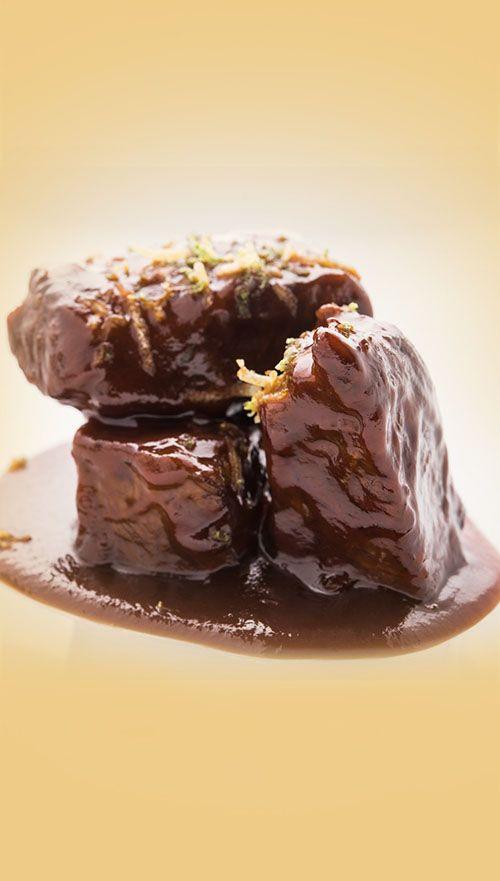- Home page
- Meat cuts for your next dish
- Cuts by protein
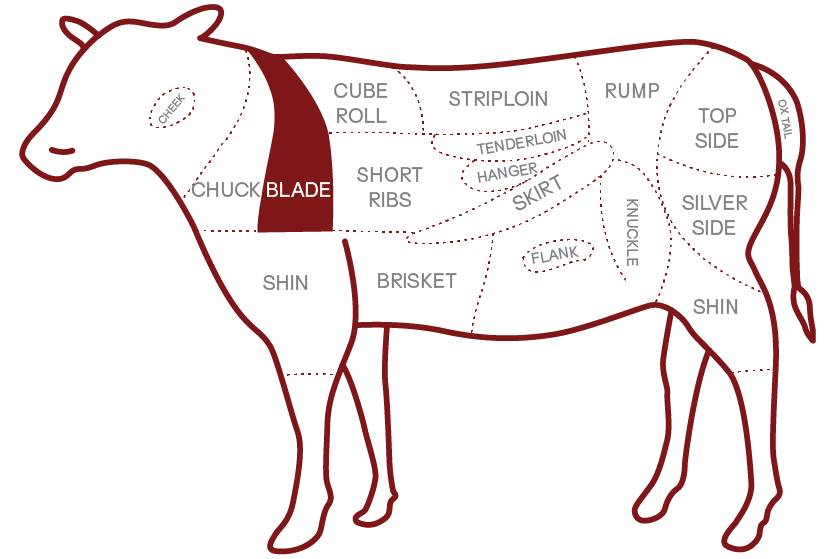

Blade
Blade steak is a versatile cut with a great flavour which can be cooked as is, cut into strips for stir-fries or diced for slow-cooking.
SECONDARY CUTS
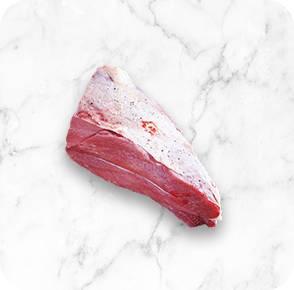
Blade roast
The blade roast is from the shoulder blade area. It’s made up of several muscles containing layers of fat and connective tissue. This tasty cut is best roasted whole, allowing the connective tissue to break down and impart a full-bodied flavour while tenderising the meat. The blade roast can be further sliced into steaks or diced for slow cooking.

Oyster blade roast
The oyster blade is a muscle that sits just below the shoulder blade. Roasting this cut whole allows the connective tissue to melt into the meat, resulting in a flavourful and tender roast. Oyster blade roast can be further cut into steaks, thinly sliced for stir-fries or diced for slow-cooking.

Bone-in blade steak
The bone-in blade steak is prepared from the shoulder and made up of several muscles with layers of fat and connective tissue, and a portion of bone left in. The natural marbling and bone impart tenderness and flavour. This versatile cut can be barbecued, pan-fried or sliced into strips for use in stir-fries.
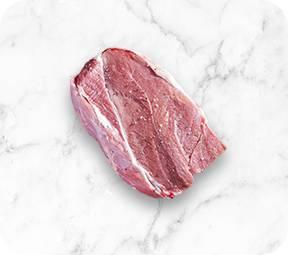
Blade steak
Blade steak is from the shoulder region and is made up of several muscles with layers of fat and connective tissue within them. Blade steak is a versatile cut with a great flavour which can be cooked as is, cut into strips for stir-fries or diced for slow-cooking.
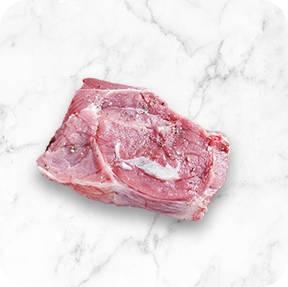
Oyster blade steak
The oyster blade is the muscle that sits below the shoulder blade, bisected by a long line of thin connective tissue. When separated from the shoulder, it’s cut into steaks. When cooking oyster blade steak it is important to score or remove the centre gristle to prevent curling when cooking. Cut into thin strips, oyster blade steaks are also suited to stir-fries.
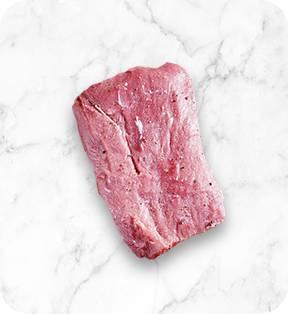
Flat iron steak
Wide, long and flat as the name suggests, the flat iron steak is from the oyster blade – a muscle that sits below the shoulder blade, bisected by a long line of connective tissue. Flat iron steaks have this tissue removed together with all the silverskin from the oyster blade. The resulting two steaks are lean, juicy and flavoursome. The flat iron steak is exceedingly tender and retains its juiciness throughout the cooking process.




